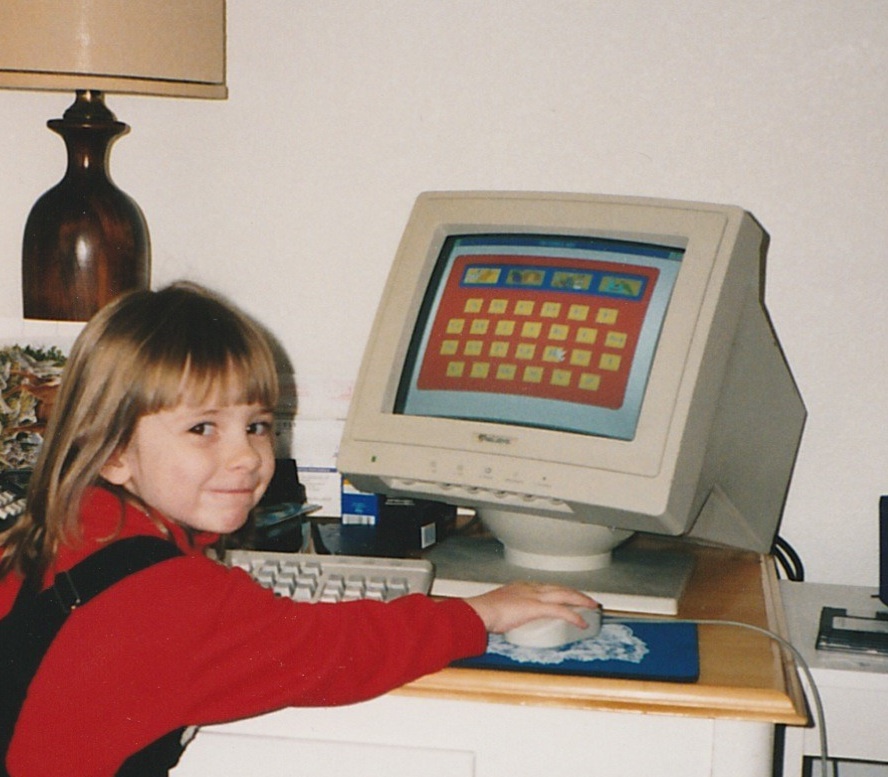If I could have a nickel for every time someone has made the comment to me “Oh, you’re a teacher. That must be the perfect job for a mom!,” I would be a millionaire. Unfortunately, when my girls were younger, I typically only felt like a “good mom” two months out of the year. Summer was that blissful time of the year when I could rejuvenate myself, take classes to better my professional practice, and dedicate my time to my family. The other ten months of the year, however, my family took a back seat to my job.
This post is not going to be the traditional “We are overworked and underpaid.” Everyone in teaching knows that it is going to be a labor of love and not without sacrifice. Rather, I want to spend some time giving advice to younger teachers regarding life balance. These are words of wisdom I wish someone had shared with me when I started teaching over twenty years ago. Teaching will never be a 40 hour a week profession, but we can put some things in place to make it not so life consuming. I wish I could say that I always do these things myself. I do not! I have however tried to be mindful of each of these in the hopes that I will get better at my life balance each year.
My Top 4 Nuggets of Wisdom:
- Plan out a schedule and stick to it! You will never get it all done, so don’t try. Look at your family calendar and figure out when is the best time to get your work done. Can you have a family study time each night where you all sit at the kitchen table and work for an hour? Are you an early morning riser that can squeeze in an hour before school each morning? Can your husband/wife take the kids every Saturday morning while you head to school to knock out your work for the week? Once you have your time set aside each week for extra work, do everything in your power to stick to it. Remember that each extra hour you give to your classroom you are taking away from your family.
- If you have to choose between kids, always choose your own! This one is a hard one. We see our own children as blessed. They have parents who love them, food to eat, and support at home. That is not always the case with the students we grow to love in our classrooms. Unfortunately, I have seen several children of my colleagues over the years turn to drugs and engage in other harmful behaviors. Even children in the best of homes need attention. Your primary responsibility is to your own children. If your students have an evening performance, bring your own children to watch. If you have parent/teacher conferences one night that takes you away from your children, carve out extra time for them from your weekly schedule (see Wisdom #1). Let your kids see you set up pictures of them in your classroom and share with them the stories you tell your students about them. They need to know that they are the most important people in the world to you.
- Take time for your significant other/spouse! I love this post by Tom Eggebrecht where he writes “If You Can Read This, Thank the Husband of a Teacher.” It is not easy being the spouse of a teacher. Often times they need to pitch in more (especially at the end of each quarter when grade cards are due!) It is important to let your other half know how important they are to you. Carve out time just for them when making your schedule (see Wisdom #1). Remember, that God willing, they will be the one by your side when your teaching days are over, and your children are gone.
- Take time for yourself! If you think #2 and #3 are hard, this one is going to be a killer! You will be no good to anyone of you are not good to yourself. Schedule “Me Time” each week. Whether it is exercise, an out of the way trip to Starbucks before school each Friday, or sitting out on the deck with a good book, you need this time during the school year to carry you through until those blissful days of summer are back again.
Here is to a better life balance, friends!
-Tammy
I’m sure our readers have other words of wisdom to share. Please post your thoughts below.




 Jake LeGros is a 5th grade teacher in Olentangy Local Schools. In addition to being an innovative teacher within his own classroom, Jake holds the position of technology chair within his building and provides training and technology resources to teachers throughout the entire district.
Jake LeGros is a 5th grade teacher in Olentangy Local Schools. In addition to being an innovative teacher within his own classroom, Jake holds the position of technology chair within his building and provides training and technology resources to teachers throughout the entire district. Kevin Pulfer is a third-grade teacher in the Olentangy School District located just outside of Columbus, Ohio. He regularly incorporates innovative practices into his classroom, is a technology leader within his school, and provides training to teachers throughout the district.
Kevin Pulfer is a third-grade teacher in the Olentangy School District located just outside of Columbus, Ohio. He regularly incorporates innovative practices into his classroom, is a technology leader within his school, and provides training to teachers throughout the district.